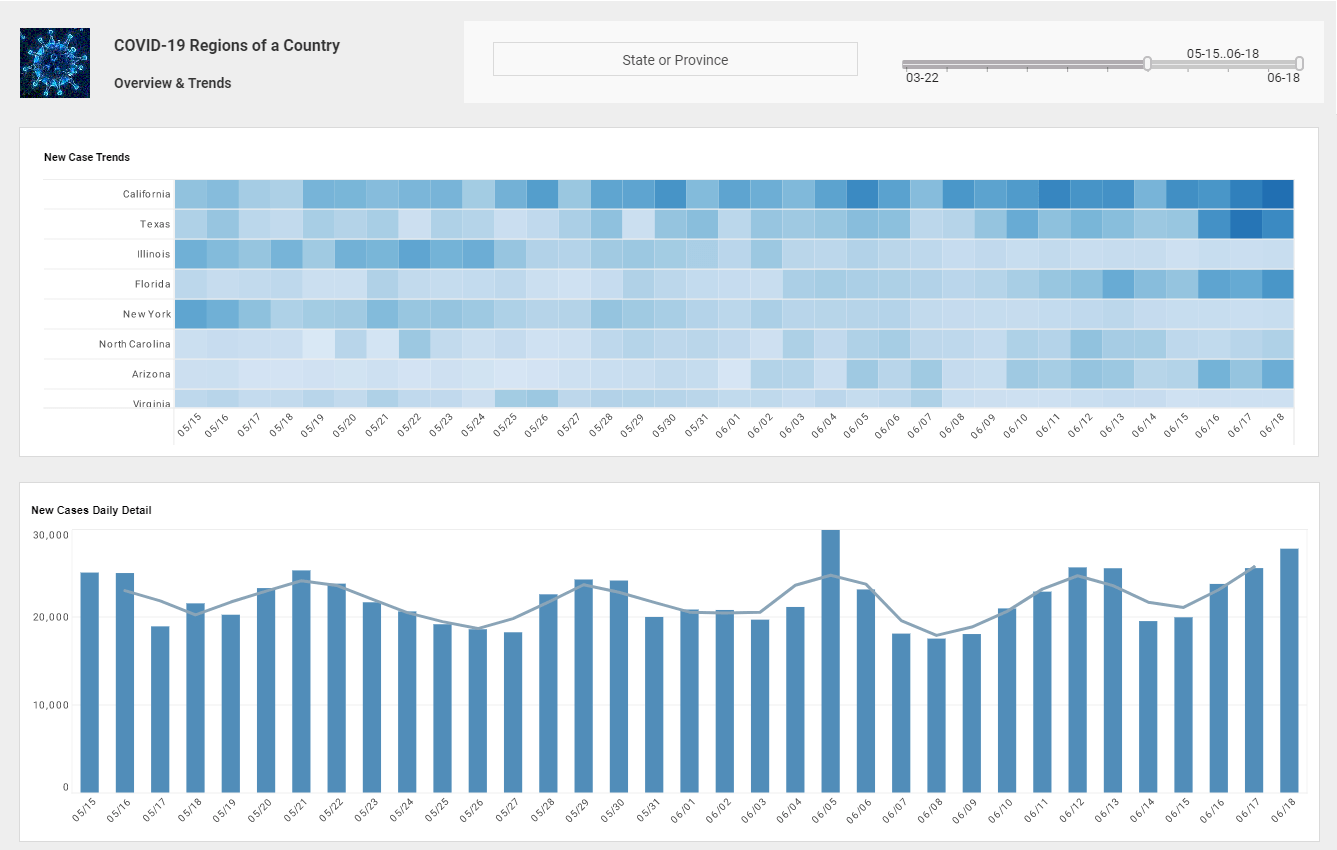What Are the Three Pillars of Data Analytics?
Every business needs a strategy to function with gain maximum profit as well as sustain itself in the market. More than earning a profit, sustaining in the market is a big matter these days. Therefore, it is a must to use the latest data analytics techniques instead of just relying on the data available.
Advanced data analytics comprises three pillars namely speed, agility, and performance which are important to utilize the full potential from it. These pillars strengthen the analytics strategies themselves and improve your business multiple folds.
The three pillars of data analytics are:
- Speed
- Agility
- Performance
Speed
As we mentioned earlier, you cannot depend just on the available data and take a decision for your business. Rather you have to incorporate the latest data analytics techniques to get real-time data on the market situation and devise a strategy accordingly.
This kind of data analytics cannot be done with a usual CPU. Because the machines performing the analytics has to take up a lot of input data and process them using several mathematical tools to achieve results.
Traditional CPUs are not equipped with such power and need a greater processing capability from high-end processors. These machines have to deal with AI and machine learning algorithms which take up millions of data points and learn from them.
So, it is important to have a machine with high-speed processing. Such devices are made possible with the help of GPUs. Graphic cards enable you to perform n-number of tasks parallelly. It also helps you to train different analytical models.
With a faster machine, you can develop new models, train them, and tweak them to create better algorithms for advanced analytics. Using GPUs has many advantages including increased flexibility, cost-effectiveness, scalability, and security.

Agility
Data analytics have improved to an extent where that machines have the ability to suggest data when a query is posted to it. Popular search engines use a complex algorithm to accomplish this feature. You can find autosuggestion of data which is a result of understanding and learning several analysis models with an advanced machine learning algorithm.
These machines function with agility by bringing together different data models from various sources. Data analysts train the models to make them more valuable. If you are running a data analytics model for a particular business, it is important to know what is the intended purpose of the data, what are the business requirements, and what are the limitations of data access. These can be known by communicating the needs of the business.
When the data analytics model is trained in such a way, it is said to be agile. You can find it to be serving you with the right type of data with the properly trained model working for your business. Especially, businesses involved in highly competitive markets must be way ahead of their competitors to always be on top. This can only be done with huge amounts of data analysis and future predictions which can be done by a trained agile data analytic model.
One such modeling technique is data vault modeling which enables a company to store huge amounts of data and instantly understand the changes in the business easily. This huge volume of data helps them to keep the model flexible and gives the potential to change according to the market situation. It also enables them to have a complete history of their business which can be used for auditing purposes.
Performance
While talking about speed, it was completely about the physical performance of the machine and the model. But the third pillar of performance is about how effectively a model works in analyzing the data. Because not all businesses have structured data. Most of the data acquired comprise unstructured or semi-structured data which are difficult to bring under a single data analytic model.
So, in such a scenario, companies that have the ability to analyze semi-structured and unstructured data will be lead runners in the market. They can have more advantages than others due to their peculiar data analytic model which can perform well with different types of data.
Researchers are trying hard to improve such training models because large volumes of unstructured data must be somehow taught to the machine and it can enable us to create better AI software. When such models are obtained, it is easier to provide better results and predictions. In this world filled with randomness, it is important to adapt these data into the analytic model to make it efficient.
Conclusion
The three pillars of data analytics provide us an insight into the working and performance of any data analytic model. Any data analysis performed by any model should be based on these pillars to get advanced results. To have a unique data architecture for your business, you must rely on your data analysis on these pillars.



